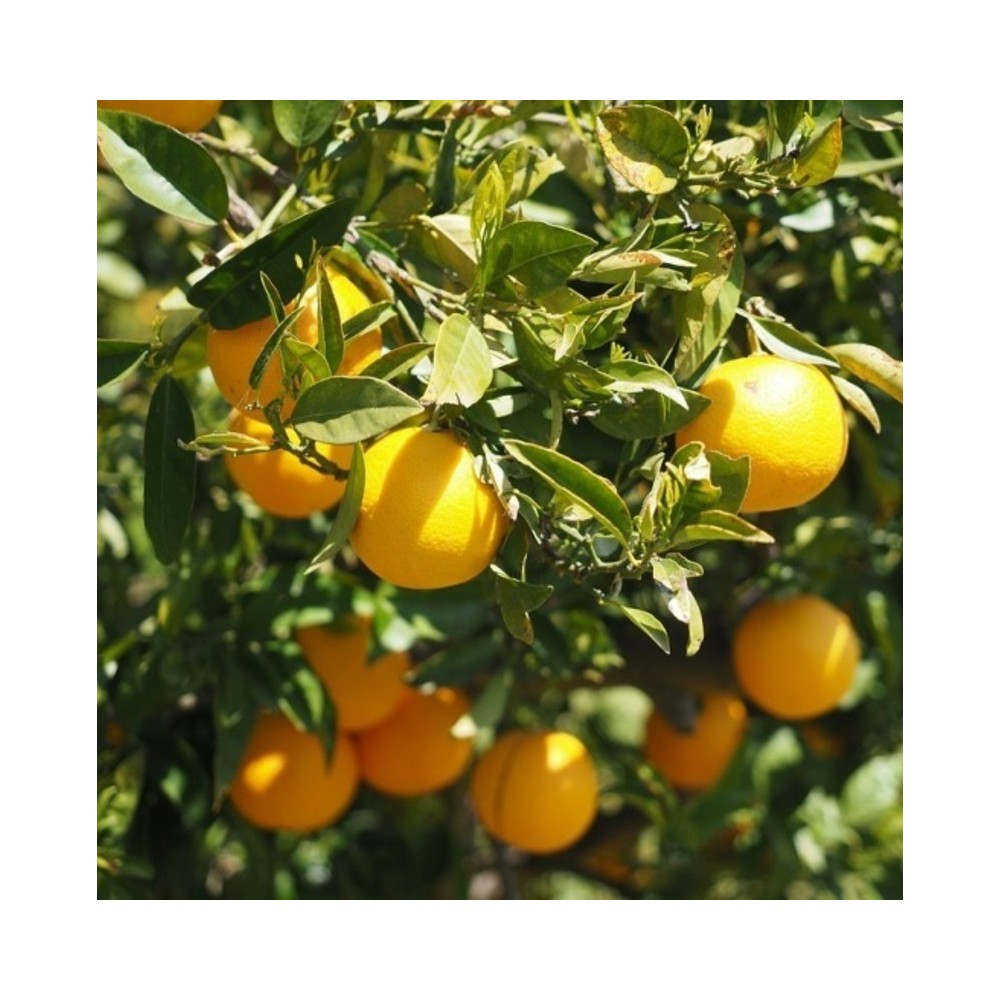



Santra
Although Citrus is a subtropical genus, northern gardeners can grow lemons, oranges, and other citrus trees in containers to enjoy fresh fruit. Standard-size orange andgrapefruit trees can grow 18 to 22 feet tall, whereas dwarf varieties only grow 8 to 12 feet tall. Most citrus varieties are self-fertile, so only one tree is necessary. On average, fruit bearing begins when the trees are between 3 and 6 years old;

Security policy visit http://nurserynature.com/content/10-security-policy

Shipping & Delivery Policy visit http://nurserynature.com/content/1-delivery

Cancellation & Refund Policy visit http://nurserynature.com/content/6-aeu-legal-revocation-terms
Santra
Although Citrus is a subtropical genus, northern gardeners can grow lemons, oranges, and other citrus trees in containers to enjoy fresh fruit. Standard-size orange andgrapefruit trees can grow 18 to 22 feet tall, whereas dwarf varieties only grow 8 to 12 feet tall. Most citrus varieties are self-fertile, so only one tree is necessary. On average, fruit bearing begins when the trees are between 3 and 6 years old;
Santra
Planting & Care
Citrus trees should be planted in a sunny and wind-protected area.
In the citrus belt, trees can be planted at any time, however, spring is the best time for container grown plants.
Standard-size trees should be spaced 12 to 25 feet apart and dwarf trees should be set 6 to 10 feet apart. The exact distance depends on the variety. The bigger the fruit, the farther the distance.
If the soil is not well-drained, plant the trees on a slight mound to prevent waterlogging.
To plant citrus trees inside from seeds, remove the seeds from the desired fruit. Soak the seeds overnight in water and plant them ½ inch deep in moist potting soil. Cover the pot with a plastic bag or wrap and let it sit in a warm and sunny spot for a few weeks until the seeds start to grow. Then, remove the plastic but keep the pot near a warm and sunny window.
A few weeks after planting, and for the first few years (before bearing age), feed the tree a balanced (such as 6-6-6) fertilizer.
For newly bearing trees, provide nutrients to continue branch and leaf growth but also to replace nutrients lost by fruit forming. A citrus blend is ideal.
Check manufacturer’s directions, or ask a garden nursery, as to how often and how much to apply during each year of a tree’s growth.
Mulches are not recommended for citrus trees, but if trees are located in a cultivated plant bed where mulch is used, keep at least 12 inches of bare ground between the tree trunk and the mulch. Pre-emergent herbicides may be used to prevent weed seeds from germinating.
Fruit thinning is unnecessary.